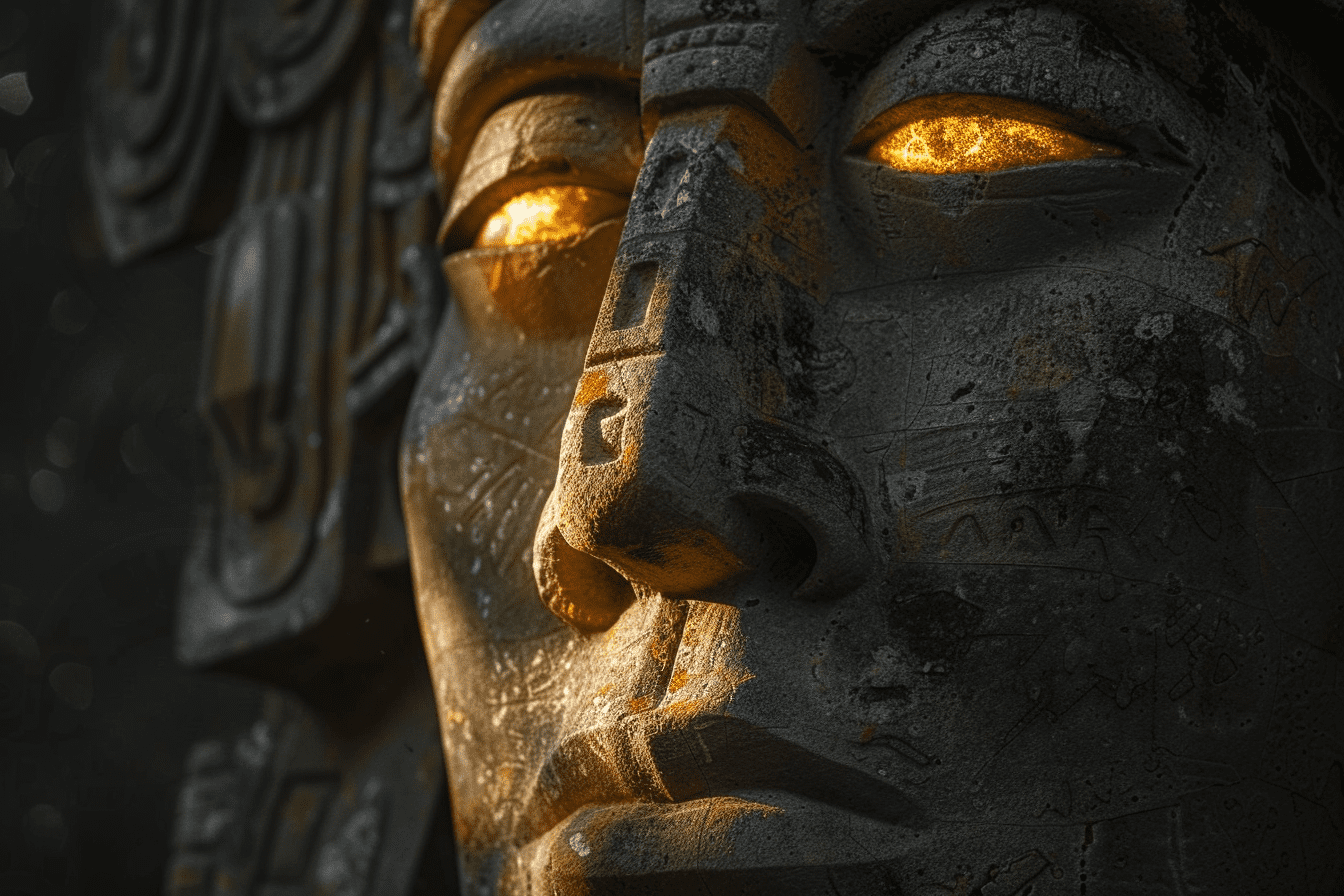Inti, revered as the supreme solar deity in the Inca pantheon, holds a central place in the mythology and cosmology of the Inca civilization. As the sun god, Inti was not only worshiped as the source of warmth, light, and life but also regarded as the ancestor of the Incas, reinforcing the divine right of the Inca rulers, who were considered direct descendants of Inti. This connection between the deity and the ruling class underscored the sociopolitical structure of the Inca Empire, intertwining religion with governance.
Mythology
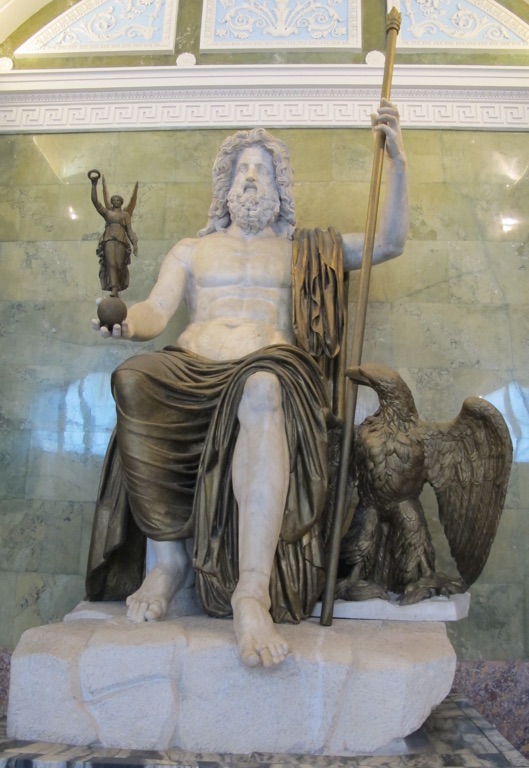
The Role of Mythology in Ancient Civilizations
Mythology has played a pivotal role in shaping the cultures and societies of ancient civilizations. These mythological narratives were not only sources of entertainment but also served as educational tools, imparting moral lessons and values to their audiences. In ancient Greece, for instance, the epic tales of Homer’s “Iliad” and “Odyssey” were more than just stories; they were integral to the education system, teaching virtues such as honor, bravery, and respect for the gods. Similarly, in ancient Egypt, the myth of Osiris, Isis, and Horus was not only a story about the cycle of life and death but also a foundational myth that reinforced the legitimacy of the pharaoh’s rule and the moral codes of society.
Mythology and Religious Practices
The intertwining of mythology with religious practices is evident across various cultures. In ancient Rome, festivals and ceremonies were often dedicated to gods and goddesses, with rituals designed to appease these divine beings and ensure their favor. The Vestal Virgins, for example, were priestesses of Vesta, the goddess of the hearth, and their role was crucial in maintaining the sacred fire, which was believed to be vital for the prosperity of Rome. In Norse mythology, rituals and sacrifices to gods like Odin and Thor were common practices, believed to ensure victory in battle and prosperity in life.
Mythological Creatures and Their Symbolism
Mythological creatures often symbolize human fears, desires, and natural phenomena. The Sphinx in Egyptian mythology, with the body of a lion and the head of a human, represents the power of the pharaoh, combining human intelligence with the strength of a lion. In Greek mythology, the Chimera, a fire-breathing monster with the body of a lion, the head of a goat, and the tail of a serpent, symbolizes the chaos and danger of the unknown. These creatures, while fantastical, served as metaphors for the challenges and mysteries that ancient peoples faced in their daily lives.
The Enduring Legacy of Mythology
The influence of ancient mythologies extends far beyond their original contexts, permeating modern literature, art, and media. Characters and themes from Greek, Egyptian, Norse, and Roman myths have found new life in contemporary books, movies, and video games, demonstrating the timeless appeal of these stories. The hero’s journey, a narrative structure found in many myths, has become a foundational concept in storytelling, influencing countless works of fiction. The enduring legacy of mythology underscores its universal relevance, reflecting the shared human experience across time and culture.
In conclusion, mythology is a testament to the creativity and imagination of ancient civilizations, offering insights into their beliefs, values, and fears. These stories, with their gods, heroes, and mythical creatures, continue to captivate and inspire, reminding us of the power of narrative to shape and reflect the human condition.
Mythology and Religion
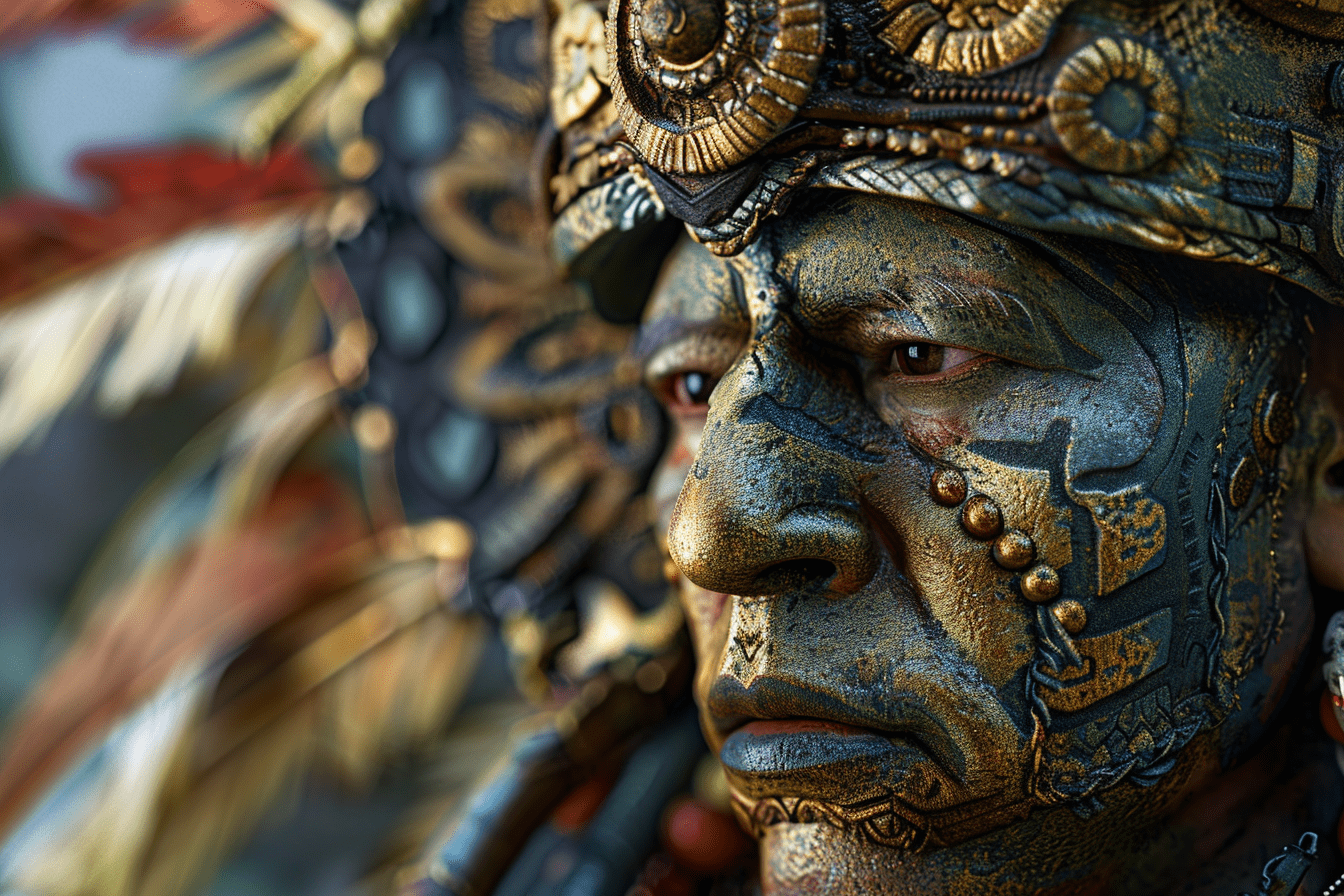
Viracocha: The Inca Creator God
Viracocha stands as a paramount figure in the pantheon of Inca mythology, revered as the supreme creator god. His influence spans the creation of the cosmos, the earth, and all living beings, marking him as a central deity in the Inca religious system. This deity’s narrative not only offers insight into the cosmological views of the Inca civilization but also reflects the broader Andean cultural traditions.
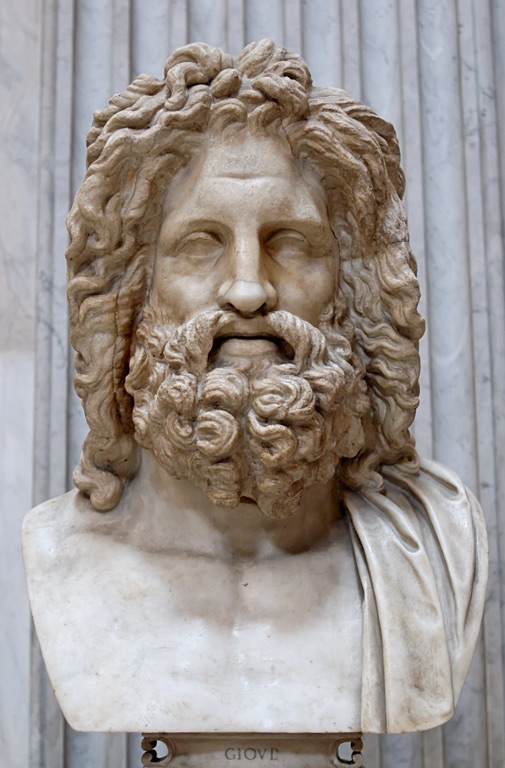
Zeus – The Greek God
Zeus stands as the paramount figure within Greek mythology, embodying the role of the sky and thunder god in ancient Greek religion. His origins are traced back to the earliest Greek myths, where he is depicted as the youngest son of the Titans Cronus and Rhea. According to myth, Zeus was saved from being swallowed by his father, Cronus, who had been foretold that one of his children would dethrone him. Rhea hid Zeus in a cave on Crete, where he was raised away from his voracious father. Upon reaching adulthood, Zeus challenged Cronus, leading to the Titan’s defeat and Zeus’s ascension as the king of the gods. His significance in Greek mythology cannot be overstated; he was considered the ruler of the heavens and the earth, a mediator of justice, and the enforcer of divine law.
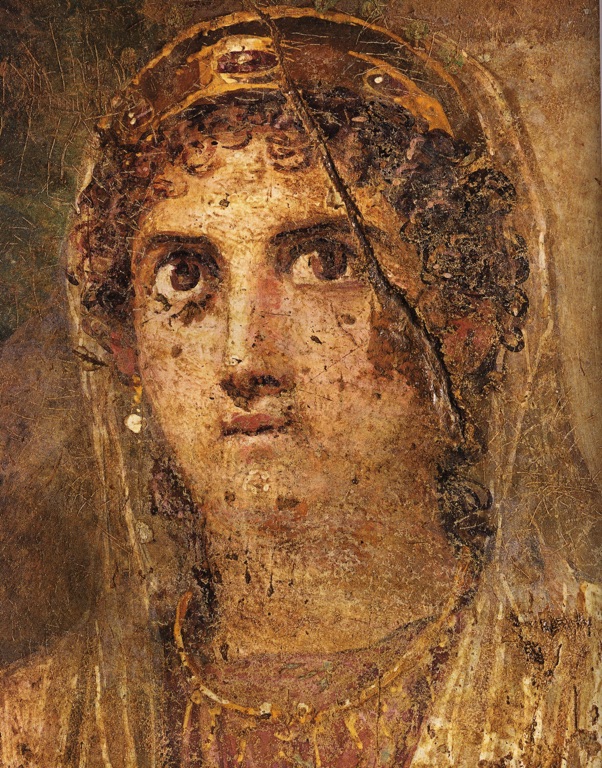
Hera – The Greek Goddess
Hera, the queen of the Olympian gods, stands as a central figure in Greek mythology. Known as the wife and sister of Zeus, Hera is a goddess of marriage and childbirth, embodying the ideals of matronly virtue and fidelity. Her influence extends beyond the domestic sphere, as she plays a significant role in the pantheon, often depicted as a majestic and solemn figure.
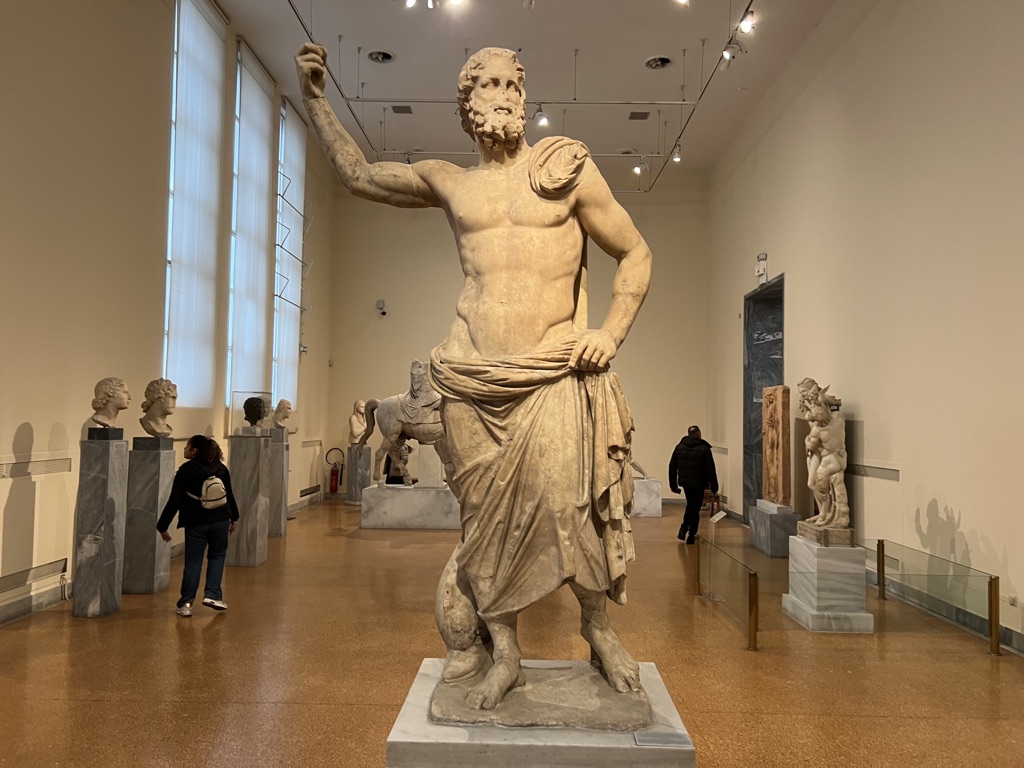
Poseidon – God of the Sea
Poseidon, one of the twelve Olympian deities in ancient Greek mythology, reigns as the god of the sea, storms, earthquakes, and horses. He is a son of the Titans Cronus and Rhea, making him a sibling to notable gods such as Zeus and Hades. Poseidon’s dominion over the sea and its creatures is well-documented, with his powers allowing him to calm or incite the waters and storms at will. His symbols, most notably the trident, horses, and the dolphin, encapsulate his connection to the sea and its creatures, as well as his ability to cause earthquakes, known as “earth-shakers.”
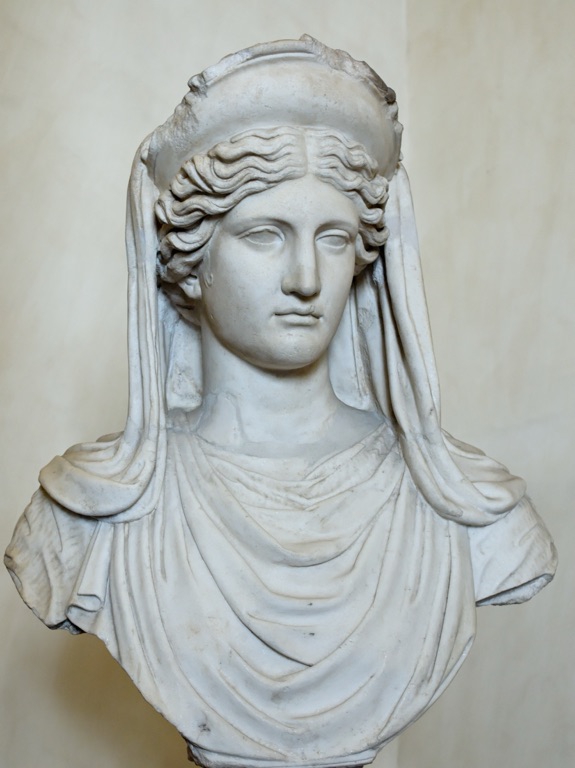
Demeter – The Goddess of Agriculture
Demeter, a central figure in ancient Greek mythology, is revered as the goddess of agriculture, harvest, fertility, and the sacred law. Her origins trace back to the pre-Olympian divine generation, making her one of the older deities within the Greek pantheon. Demeter’s significance in ancient Greek religion and culture cannot be overstated; she was a symbol of life’s sustenance and the cycle of life and death, embodying the earth’s fertility.

